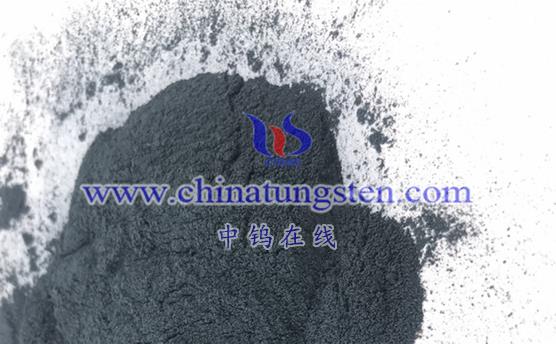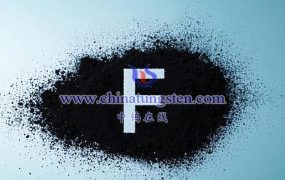
Cesium tungsten bronze (CsxWO3) nanoparticles play a critical role in photothermal therapy (PTT) due to their unique properties and mechanisms. Below is a detailed breakdown of their contributions:
- Photothermal Conversion and Localized Heating
- Efficient Photothermal Conversion:
Cesium tungsten bronze nanoparticles exhibit extremely high photothermal conversion efficiency. Upon exposure to external light sources, particularly near-infrared (NIR) light, they rapidly convert light energy into heat. This conversion is the cornerstone of PTT, making these nanoparticles ideal for tumor treatment. - Localized High Temperatures:
Once injected into the body and localized around tumor tissues, external light activates the nanoparticles to generate localized heat. This elevated temperature is sufficient to kill cancer cells while minimizing damage to surrounding healthy tissues.
- Dual Anti-Tumor Effects
- Photothermal Therapy (PTT):
The localized heat generated by the nanoparticles directly destroys cancer cells, offering a targeted and minimally invasive treatment with reduced side effects. - Synergistic Photodynamic Therapy (PDT):
In addition to PTT, cesium tungsten bronze nanoparticles may enhance anti-tumor effects through photodynamic therapy. Under certain conditions, the nanoparticles can produce reactive oxygen species (ROS), such as free radicals, which damage the DNA and membranes of cancer cells. The synergy of PTT and PDT significantly improves therapeutic outcomes.
- Visualization and Monitoring of Treatment
- CT and Photoacoustic Imaging:
Due to their high atomic number, cesium tungsten bronze nanoparticles support CT imaging and photoacoustic imaging. These imaging capabilities allow for real-time visualization of tumor tissues during treatment. - Monitoring Tumor Progress:
CT or photoacoustic imaging can track the distribution of nanoparticles within the body and monitor changes in tumor tissues. This enables precise adjustments to treatment strategies, optimizing therapeutic outcomes.
- Biocompatibility and Safety
- Low Biological Toxicity:
Cesium tungsten bronze nanoparticles generally exhibit low toxicity, making them safe for medical applications, especially when directly introduced into the human body. - High Safety Profile:
Their low toxicity and efficiency contribute to a safer treatment process with minimal side effects and reduced risks of complications.
Conclusion
Cesium tungsten bronze nanoparticles contribute to photothermal therapy by offering:
- Effective photothermal conversion and localized heating to target tumors.
- Dual anti-tumor mechanisms through PTT and PDT.
- Imaging-assisted visualization for real-time monitoring and treatment optimization.
- Good biocompatibility and safety, ensuring reduced side effects and higher treatment efficacy.
These roles make cesium tungsten bronze nanoparticles a promising and versatile tool in tumor therapy, with potential for broader application and advancement in medical science.
More details of tungsten oxide product, please visit website: tungsten-oxide.com
Please contact CHINATUNGSTEN for inquiry and order of tungsten oxide:
Email: sales@chinatungsten.com
Tel.: 86 592 5129595






